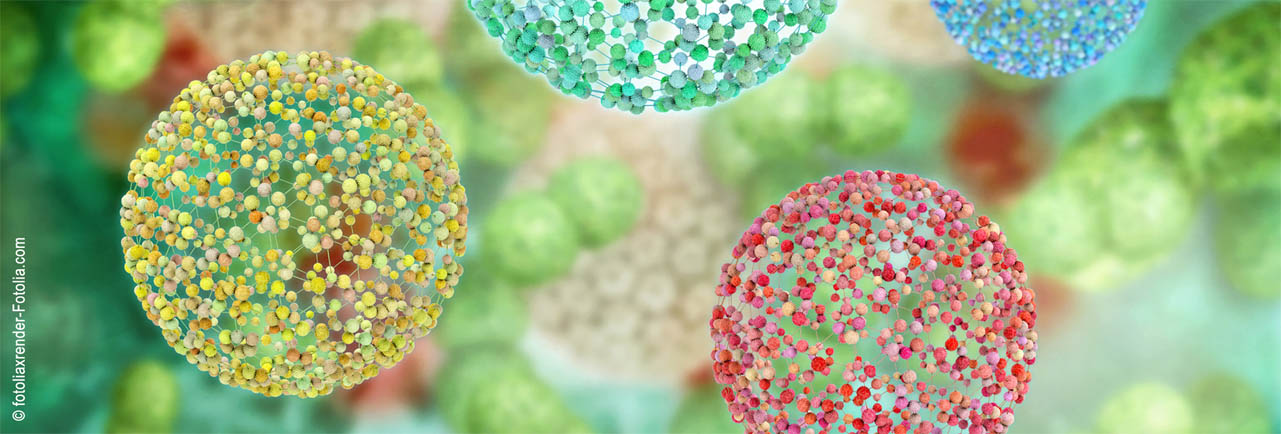Speaker
Description
Albumins are small serum proteins soluble in water which are usually found in large amounts in the side stream extracts during plant protein isolation, which have been reported to have better functional properties than their globulin counterparts. In this study, we have investigated the internal structural dynamical behavior of albumins derived from pea protein by the use of small-angle X-ray scattering (SAXS), combined with size-exclusion chromatography coupled with a multi-angle laser light scattering (MALLS) detector and light scattering (SEC-MALLS). Albumins extracted from pea protein were characterized at both low pH (3, 4, 4.5) and high ph (7, 7.5, and 8) subject to heating of 90 °C for 1, 3, and 5 min with non-heating conditions (0 min) as controls. In order to interpret the SAXS scattering of albumins, a model combining a local ellipsoidal shape to describe the individual albumin contour and the power law model to describe larger aggregates of each sample. The results showed that albumins at pH 3 distinguished themselves by showing only the internal ellipsoidal shape and no structural changes during heat treatment. Albumins at pH 7.5 and 8 displayed only the internal ellipsoidal shape before heating, while those at pH 4, 4.5, and 7 already aggregated by fitting both models, and then all these samples formed larger aggregates with increasing power numbers against longer heating time. Furthermore, both the polar and equatorial radius of the internal ellipsoidal shape decreased with increasing heating time, whereas the opposite for those at pH 3 and 4. When combing with data from SEC-MALLS, where 4 peaks were detected, 2 peaks may correspond to the internal ellipsoid shape with the molecular weight of around 12 kDa to be monomer of native pea albumin 1 (PA1) and that around 24 kDa to be dimers of pea albumin 2 (PA2). The other 2 peaks represent the formation of aggregates, which can be up to 300 kDa. Knowledge of albumins structure during processing is still missing in this area and will be critical in the future both at a fundamental and applied industrial perspective, as we seek to develop more sustainable and functional foods. It will be possible to contribute to more circular, sustainable food chains during protein ingredient manufacturing.

